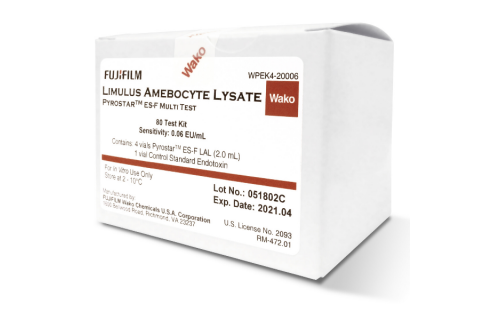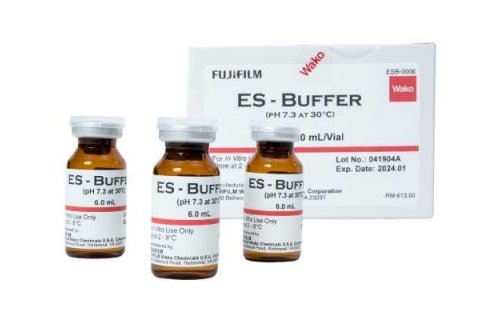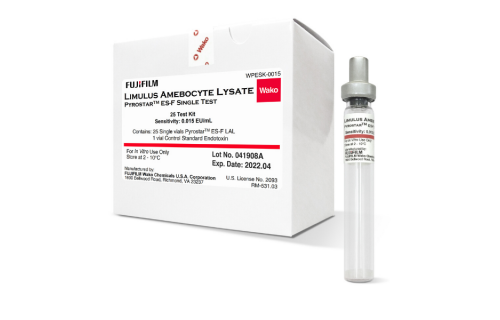Six Types of Diseases in Humans Related to Endotoxins of Gram-negative Bacteria
Infection, because of bacterial harm and the ensuing inflammatory reaction in the host, may cause illness and death. Another factor that is frequently disregarded could be the release of toxins by particular organisms. Endotoxins and Exotoxins are the two main categories of toxins. Endotoxins, which are lipopolysaccharides (LPS), result in Gram-negative sepsis. Gram-positive bacteria mainly release exotoxins, and these exotoxins are primarily composed of peptides, which are short chains of amino acids.[1]
Endotoxin poorly stimulates antibody production and is heat stable. While live bacteria steadily release small amounts of endotoxins, cell breakdown releases significantly more.[1]
Endotoxin-mediated diseases
Gram-negative septic shock
Non-specific sepsis symptoms characterize patients experiencing endotoxic shock. Examples of these symptoms are fever, rapid breathing, fast heart rate, low blood pressure, and signs of poor organ blood flow (like confusion and low urine output). High neutrophil counts, elevated C-reactive protein and procalcitonin levels, and signs of organ dysfunction are frequent findings. Contaminated medical devices, water, and drugs may cause Gram-negative septic shock.[1]
Burn wound infection
Burn complications can arise from the translocation of endogenous Gram-negative bacteria or external contamination, like contaminated dressings. Burns most often lead to sickness and death due to infection. Treating burn wound infections is difficult because of the unique physiology of burn injuries. Severe burns significantly increase the risk of infection and sepsis, due to a combination of factors.[2, 3]
Endotoxin-mediated lung inflammation
Airway inflammation can result not only from increasing pollution but also from other factors, such as bacteria. Since the lung is directly exposed to the external environment, including bacteria, it is not sterile. Lipopolysaccharide (LPS) makes up bacterial cell walls, significantly contributing to airway inflammation. Contaminated endotracheal tubes and similar medical equipment, including inhalers and nebulizers, can also cause these infections.[4]
Disease in Newborns
The presence of proinflammatory cytokines is associated with necrotizing enterocolitis, bronchopulmonary dysplasia, intraventricular haemorrhage, and intraventricular leukomalacia in neonates. This might involve the endotoxin-triggered production and release of pro-inflammatory cytokines. Alternatively, endotoxin in the bloodstream can directly cause neuroinflammatory responses across the blood-brain barrier (BBB). Prenatal and neonatal exposure to LPS makes the brain more vulnerable to hypoxia and ischemia, potentially leading to brain damage.
Intestinal endotoxin entering the bloodstream can cause severe inflammation. Food ingredients may also allow endotoxins to enter consumers' bloodstream. Dietary fats may increase intestinal permeability, leading to the absorption of both food components and lipopolysaccharide (LPS) into the bloodstream. Post-processing, endotoxin testing is critical for ensuring the quality of infant formula and contributing to healthy baby growth.[5]
Atherosclerosis
The chronic inflammatory nature of atherosclerosis is becoming increasingly apparent. Atherosclerosis and its complications are associated with various inflammatory markers (e.g., C-reactive protein); however, identifying the primary inflammatory mediators remains important. Bacterial endotoxin may be a key contributor to the vascular inflammation seen in atherosclerosis.[6]
Cystic Fibrosis
A genetic disorder affecting calcium channels leads to cystic fibrosis, a digestive disease characterized by changes in the viscosity of the lung and intestinal linings and has an association with bacterial endotoxins. People with cystic fibrosis experience recurring and potentially deadly lung infections, primarily caused by Gram-negative bacteria. Blood tests conducted during infectious outbreaks show increased lipopolysaccharide levels, proving this point.[7]
Conclusion
Endotoxins present substantial health risks to individuals of all ages; therefore, meticulous monitoring of endotoxin levels in medical devices, pharmaceuticals, solutions, and food products is essential. The frequent presence of Gram-negative bacteria in various settings makes them common contaminants during pharmaceutical and medical device manufacturing.[8]
References
- Sheehan, J.R., C. Sadlier, and B. O'Brien, Bacterial endotoxins and exotoxins in intensive care medicine. BJA Educ, 2022. 22(6): p. 224-230.
- Lemaire, L., et al., Bacterial translocation in multiple organ failure: cause or epiphenomenon still unproven. 1997. 84(10): p. 1340-1350.
- Gauglitz, G.G., S. Shahrokhi, and F.J.U. Williams, Burn wound infection and sepsis. 2017.
- Chakraborty, A., et al., Insights into endotoxin-mediated lung inflammation and future treatment strategies. Expert Rev Respir Med, 2018. 12(11): p. 941-955.
- Wu, H., et al., Effect of Food Endotoxin on Infant Health. 2021. 13(5): p. 298.
- Stoll, L.L., G.M. Denning, and N.L. Weintraub, Potential Role of Endotoxin as a Proinflammatory Mediator of Atherosclerosis. Arteriosclerosis, Thrombosis, and Vascular Biology, 2004. 24(12): p. 2227-2236.
- Wilmott, R.W., et al., Plasma interleukin‐1α and β, tumor necrosis factor‐α, and lipopolysaccharide concentrations during pulmonary exacerbations of cystic fibrosis. 1994. 18(1): p. 21-27.
- Kimble, A., J. Hauschild, and G. McDonnell, Affinity and Inactivation of Bacterial Endotoxins for Medical Device Materials. Biomed Instrum Technol, 2023. 57(4): p. 153-162.






